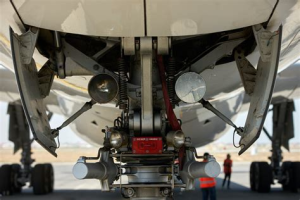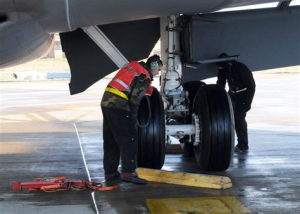When it comes to aviation, the hydraulics must be highly dependable as quite literally, lives are at stake. Thankfully, aviation hydraulics are cost-effective, easy to maintain and operate amazingly well in harsh conditions for prolonged periods. Even the earliest aircraft utilised hydraulic systems but as the technology has evolved, hydraulics are enjoying even more applications in the world of aviation.

Aircraft systems are normally light in weight, simple to install and the use of fluid dynamics means they are incredibly efficient with almost no friction related fluid loss. Hydraulics are commonly found in landing gear, braking systems and flight control surfaces and no matter the size of the aircraft, the systems are fundamentally the same. For more details on the use of a Hydraulic Power Unit, go to www.hydraproducts.co.uk
The systems might vary in complexity depending on the function of the particular aircraft. A basic hydraulic system consists of:
Reservoir – The space that stores the hydraulic fluid required by the system
Pump – This is the part that generates the power to pressurise the system
Actuating Cylinder – This is where the main work of the system takes place and can be connected to the plane’s flaps for the pilot to control.
Heat Exchanger – This device regulates the temperature of the hydraulic fluid.
Pressure Relief Valve – Helps to prevent the system from becoming over pressurised.

Sometimes the size and function of a system may differ but the basic elements of an aircraft hydraulic system will always contain these components. Even in the most complex aircraft, multiple systems will be installed which perform individual tasks but are related to the other systems.










+ There are no comments
Add yours